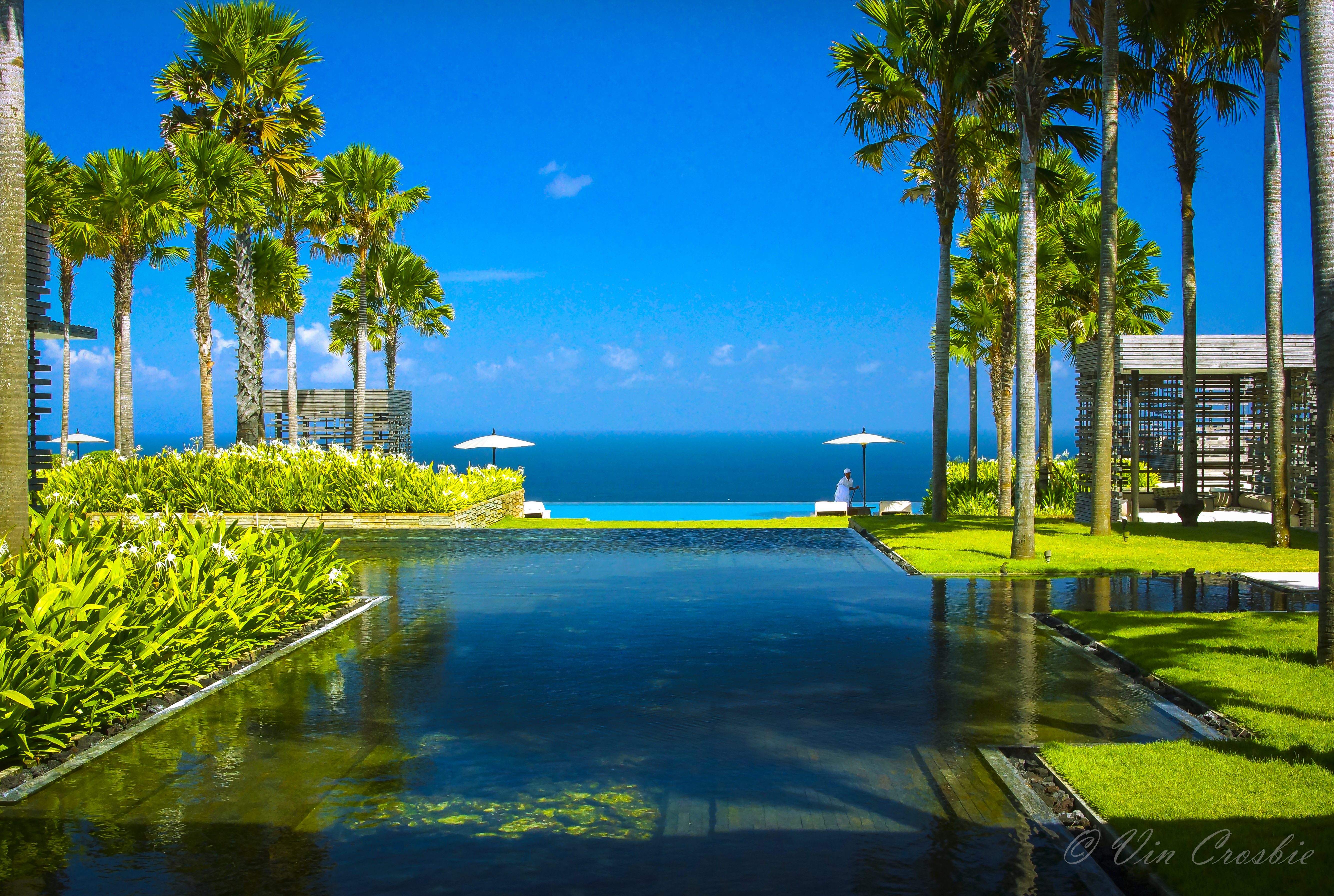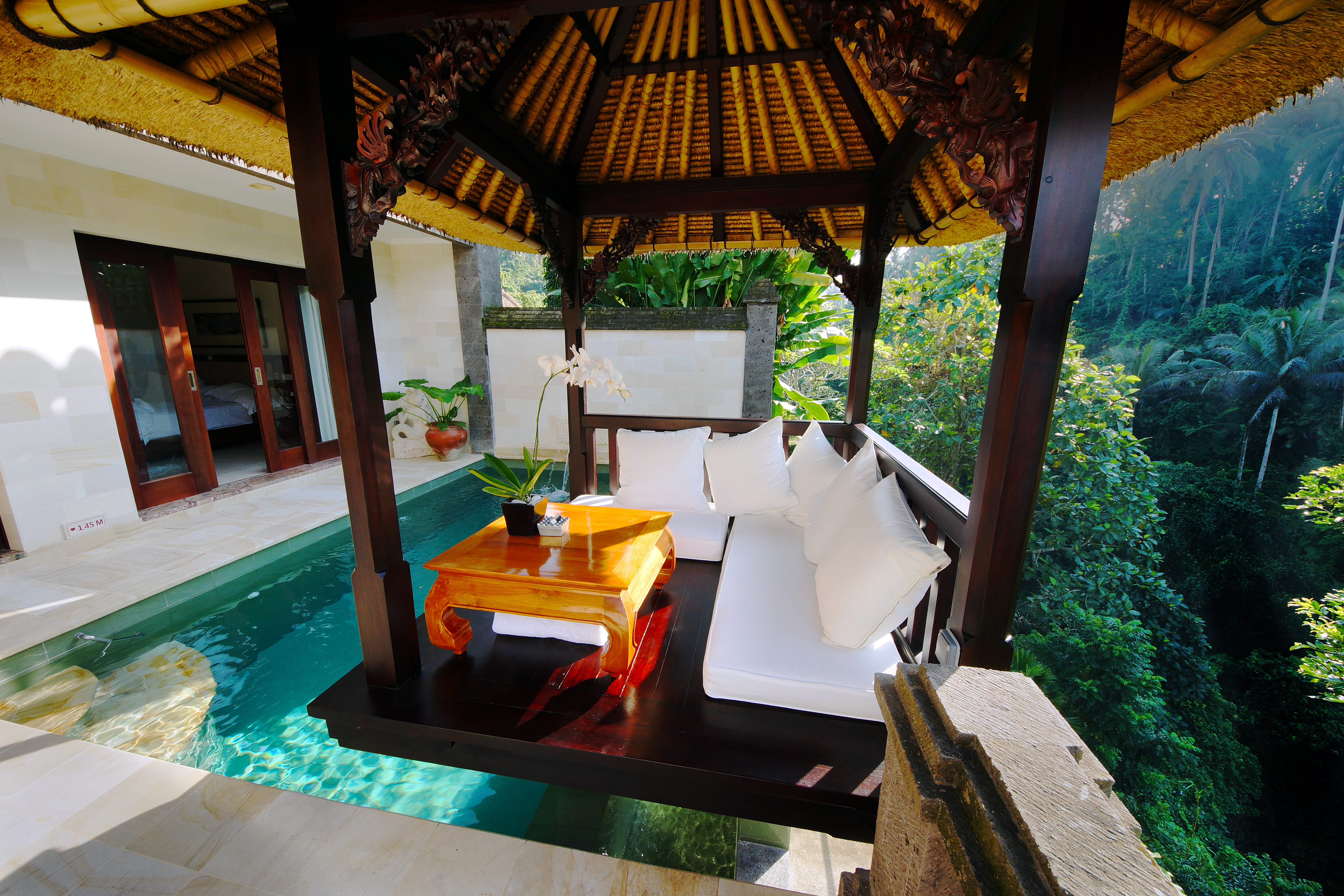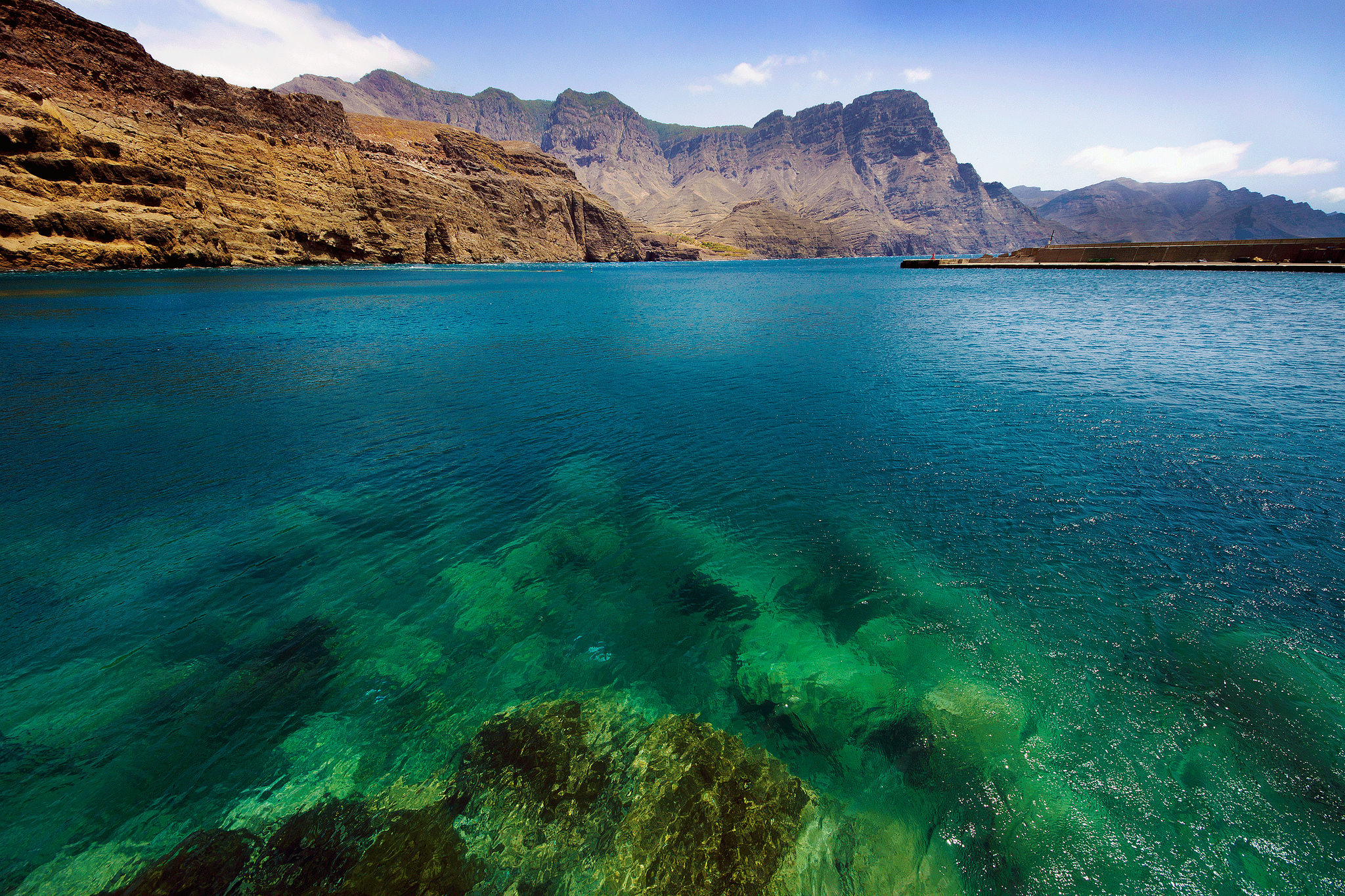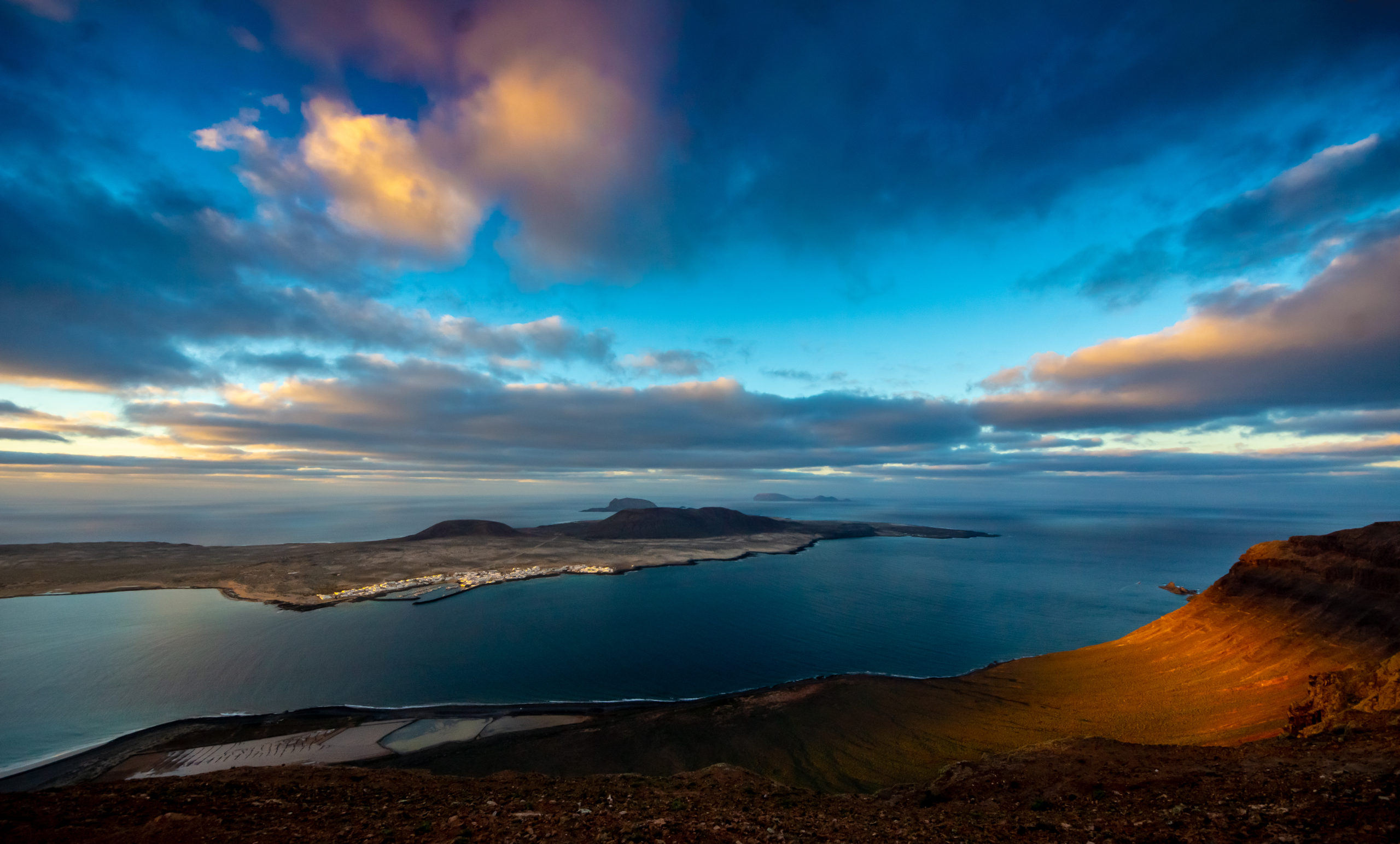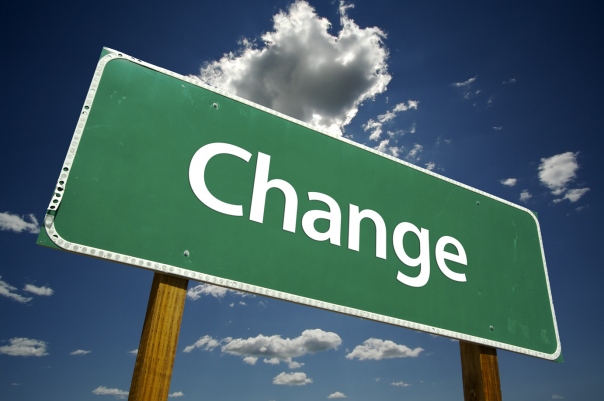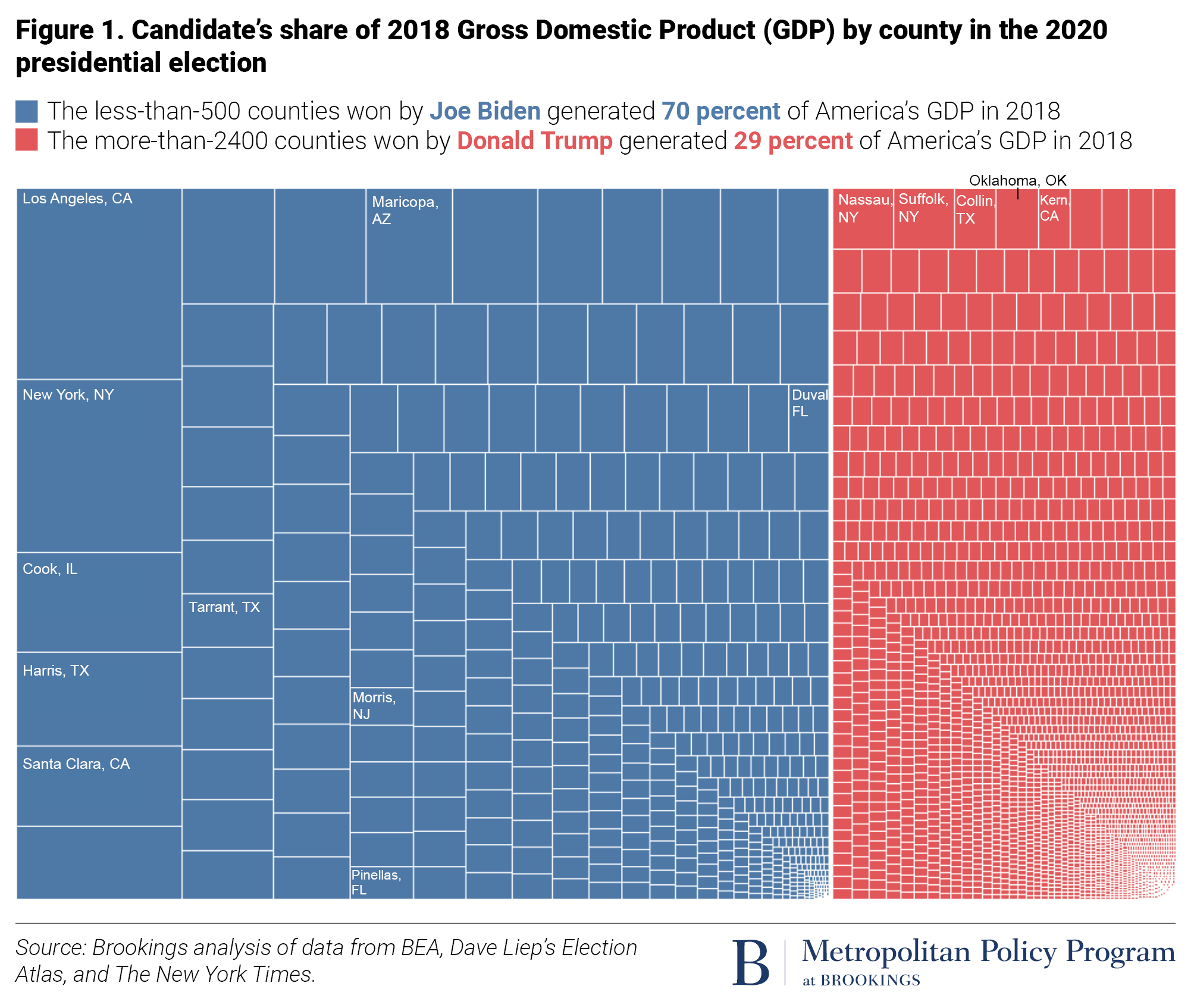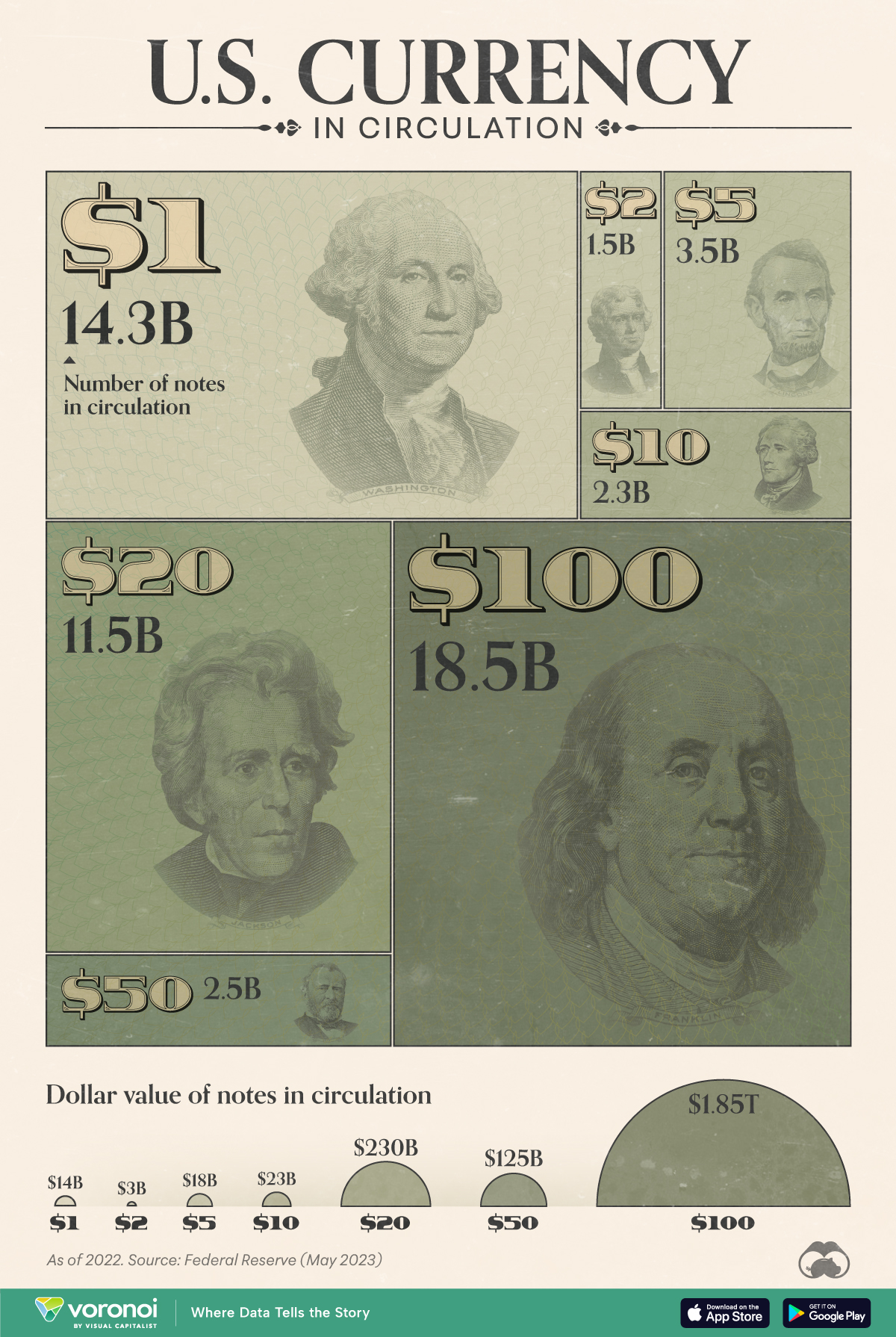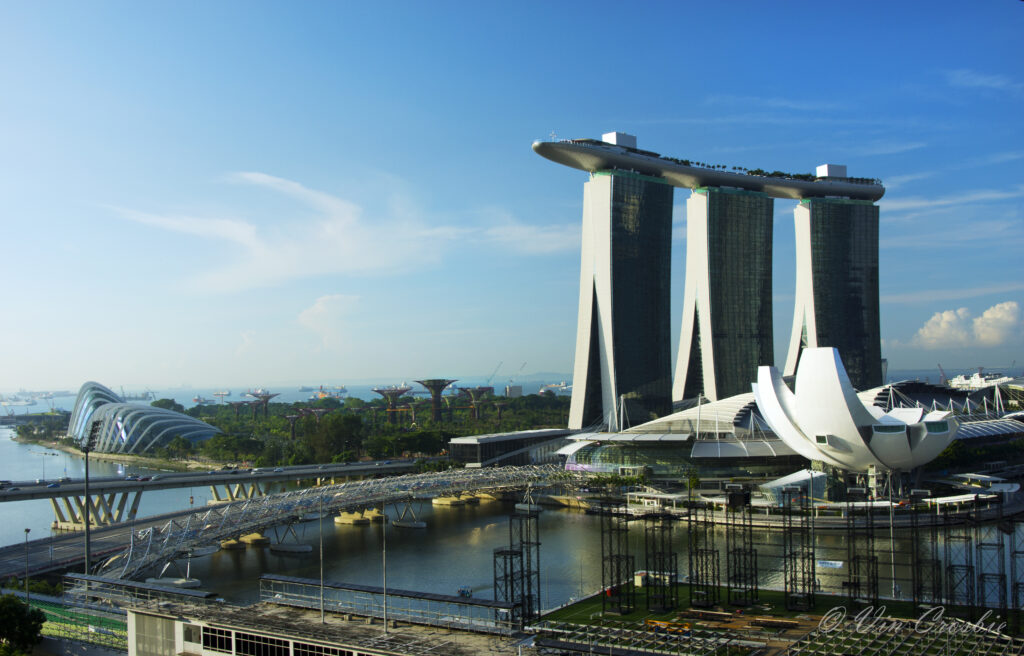Durian, Durian, Durian!

Although my wife prefers mangosteens, I love durians. In case you don’t know what those are, you’re in huge company. One of the side-benefits of travel is learning about fruits not native to you continent or even your hemisphere. Durians and mangosteens, which are southeast Asian fruits, are superb examples. Neither of these fruits ship well over long distances, which is why you find them almost only in Malaysia, Thailand, Vietnam, Cambodia, Laos, and Indonesia. Although durians are often called the ‘Kings of Fruit’ and the most delicious fruit in the world, you won’t find them everywhere in Southeast Asia. Durians are also have the most repulsive smell of all fruits, so Singapore bans them from being served or eaten in public places.
The New York Times today published a homage to durians. Or rather why the People’s Republic of China nowadays imports US$6.7 billion of durians each year. I recommend this story.
What do durians taste like? Wikipedia quotes the 19th Century British explorer naturalist Alfred Russel Wallace:
“This pulp is the edible part, and its consistence and flavour are indescribable. A rich custard highly flavoured with almonds gives the best general idea of it, but there are occasional wafts of flavour that call to mind cream-cheese, onion-sauce, sherry-wine, and other incongruous dishes. Then there is a rich glutinous smoothness in the pulp which nothing else possesses, but which adds to its delicacy. It is neither acidic nor sweet nor juicy; yet it wants neither of these qualities, for it is in itself perfect. It produces no nausea or other bad effect, and the more you eat of it the less you feel inclined to stop. In fact, to eat Durians is a new sensation worth a voyage to the East to experience. … as producing a food of the most exquisite flavour it is unsurpassed.”
What is a durian’s smell? Wikipedia quotes the 21st Century travel writer Richard Sterling:
its odor is best described as pig-excrement, turpentine and onions, garnished with a gym sock. It can be smelled from yards away. Despite its great local popularity, the raw fruit is forbidden from some establishments such as hotels, subways and airports, including public transportation in Southeast Asia.”
It is perhaps one of nature’s greatest practical jokes that the ‘King of Fruits’ smells like a dead one!
My wife and I first encountered durians two decades ago in Malaysia, one of my favorite nations. Since then, I’ve been able to find durians served in a Vietnamese restaurant in upstate New York (yes: how that location makes sense is another question). And I’ve been able to find them on sale in the Westchester County outlet of the Asian supermarket chain H-mart. As The New York Times article describes, however, these are likely durians that had been cryogenically frozen before shipping to North America. They lacked full delight of durian taste, unlike those in Southeast Asia. Nonetheless, if you are a North American, try them nonetheless. It is too bad that durians and mangosteens don’t travel well!
Mangosteens, also a fruit my wife and I first encounter in Malaysia, are my second-favorite fruits. These small apricot-like fruits are delicious. Yet unfortunately like durians, are almost impossible to find outside of Southeastern or Far Eastern Asia. If you can find them, you’ll immensely enjoy them.
Travel outside of your nation or continent and try the foods and fruits there. I doubt you’ll be disappointed!

